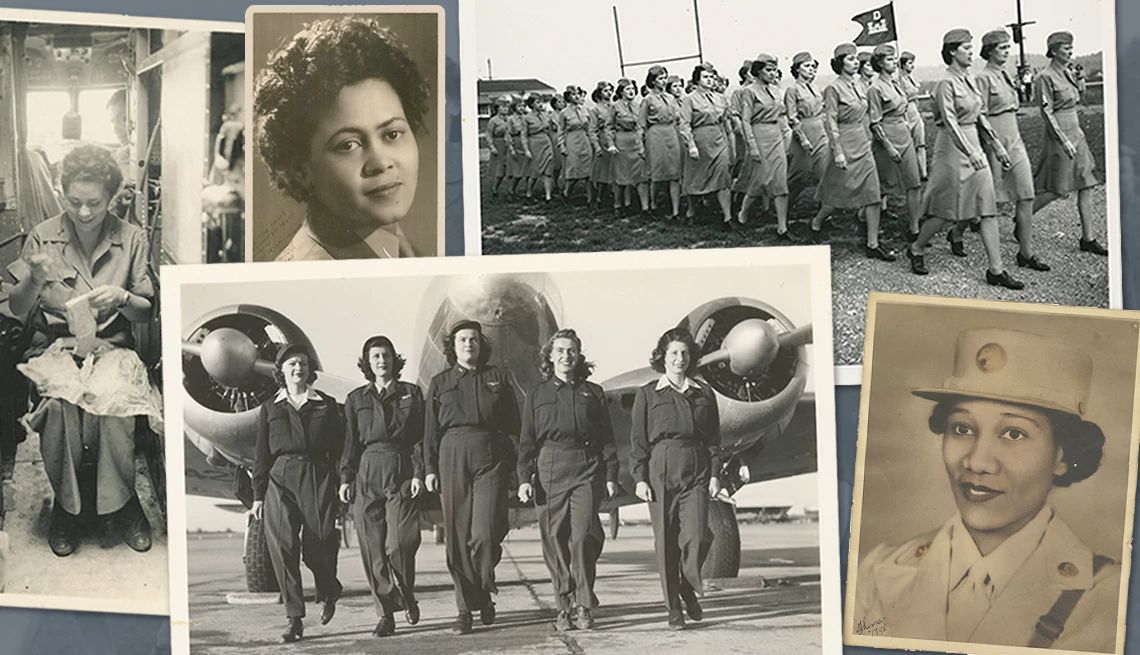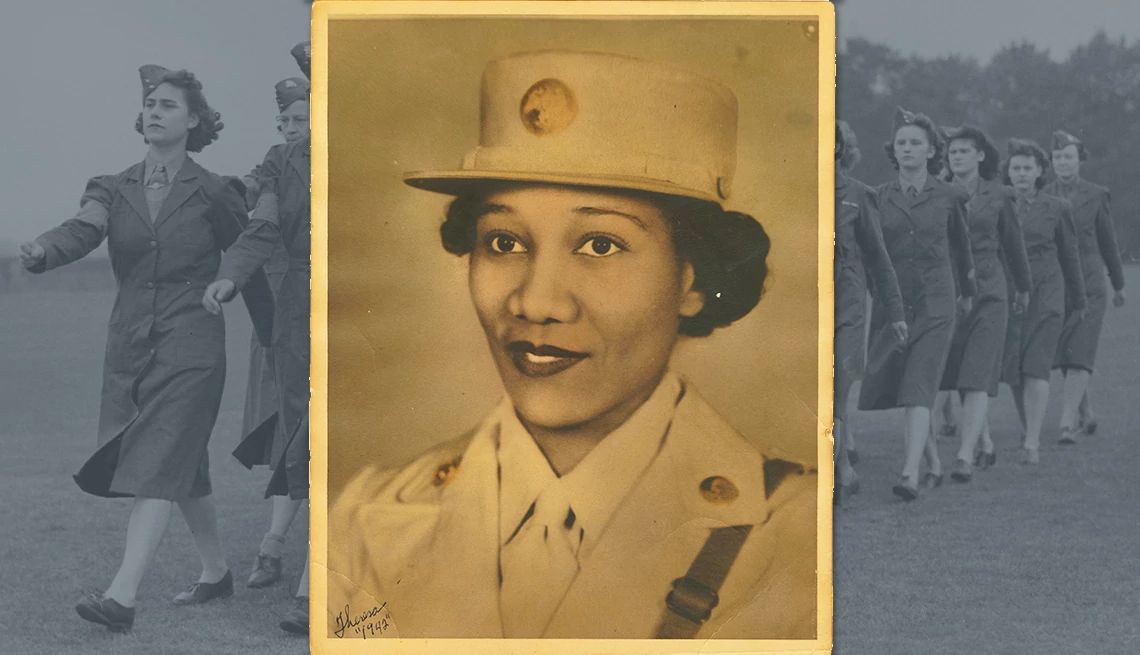AARP Hearing Center


World War II wasn’t just a man’s war. Nearly 350,000 American women served in vital roles, often going unrecognized for their contributions. Although they weren’t charging into battle, their work — from piloting planes to managing communication networks — was critical.
A handful of their stories are documented in a special exhibit, “Our War Too: Women in Service,” at the National WWII Museum in New Orleans until July 21. It features artifacts from the museum’s collection, many on display for the first time, illuminating personal stories and motivations.
“The story of women veterans in World War II is really ongoing,” says Kim Guise, the museum’s senior curator and director for curatorial affairs. “You can see how the paths that they forged during the war are still being traveled by women in service today.”


Among the artifacts on display:
- A flight jacket worn by Women Airforce Service Pilot (WASP) Dorothy Mann, an extremely rare item because only 1,000 women were trained to fly in the war. It bears the WASP insignia designed by Walt Disney.
- The standard combat boots and steel pot helmet worn by members of the Army Nurse Corps (USANC).
- A silk evening gown sewn from a parachute by a nurse who was tired of wearing everyday combat fatigues.
“Its the embodiment of a very feminine presentation yet also a warrior,” Guise says. “Few people are aware that women served in uniform for the first time in large numbers in World War II. Many of them did the same thing that men did in the military.”
Read on to learn more from Guise about some of the women featured in the exhibit.


Theresa Mae Bell, WAC — 6888th Central Postal Directory Battalion
A dedicated teacher turned soldier, Theresa Mae Bell served with the Women’s Army Corps (WAC) in the 6888th Central Postal Directory Battalion during World War II. Bell joined the WAC in 1943 and became part of the only all-women-of-color unit sent overseas. Stationed in England and France, the 6888th worked tirelessly to clear mail backlogs, processing an average of 65,000 pieces of mail per shift. Bell returned home in 1945 and resumed her teaching career.





































































More From AARP
Meet the Four Highest-Ranking Women in the U.S. Military
CBS’s Norah O’Donnell spoke with them about their experiences
Decades Later, Coast Guard SPARs’ Veteran Finds Pride in Her Service
75-year-old reservist was one of the few women to serve with Coast Guard during Vietnam War
Female Aviation Pioneer Fought for Pilots of Color
Janet Bragg was the first African American woman to earn a commercial pilot's licenseRecommended for You